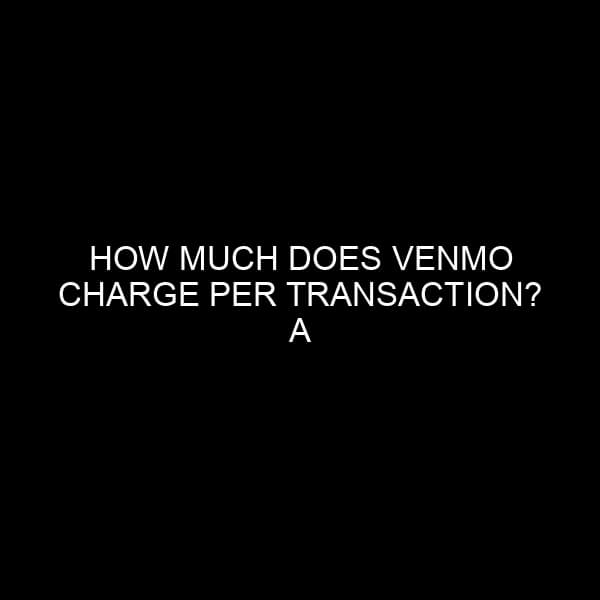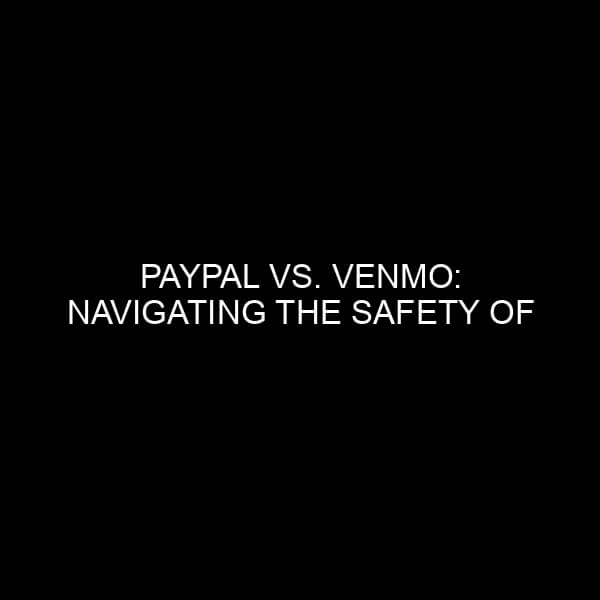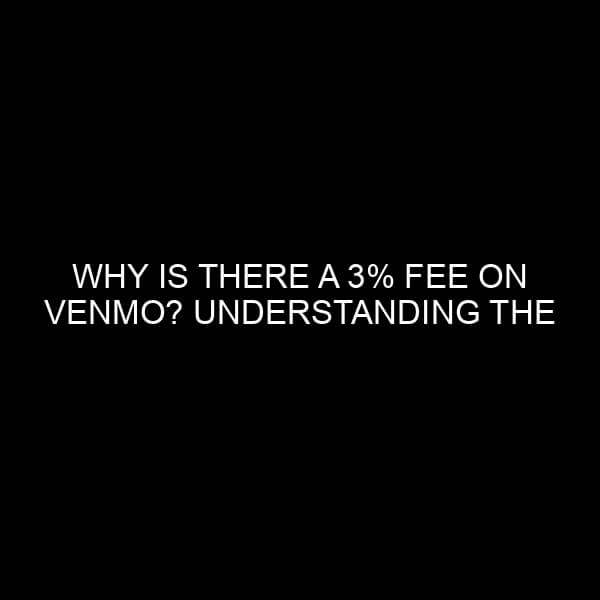Do I Have to Use My Real Name on Venmo? An In-depth Exploration
Venmo, a popular peer-to-peer payment service, has transformed the way people transact with one another. From splitting dinner checks to sending money to a friend, the app’s simplicity has made it a go-to choice for many. Yet, there arises a common question among its users and those considering joining the platform: “Do I have to use my real name on Venmo?” This article, rooted in the expertise of the financial market and the banking industry, provides a comprehensive answer to this query.
The Basics: Venmo’s Terms of Service
To put it straightforwardly, yes, Venmo’s terms of service require you to use your real name. The platform emphasizes this to foster transparency and to maintain a trustworthy environment. Imagine sending money and not being sure of the recipient’s identity. That’s a potential risk Venmo aims to mitigate.
When creating a Venmo account, users are prompted to enter their legal name, though they can also add a nickname or pseudonym which can be displayed. However, the legal name must be associated with the account for compliance reasons.
The Importance of Authenticity in Financial Transactions
Let’s delve deeper into why authenticity is paramount, especially in the world of financial transactions:
Building Trust Among Users
Venmo operates on the foundation of trust. If you’re sending money to ‘Spiderman’ or ‘Wonder Woman,’ there’s an inherent risk involved. By mandating real names, Venmo ensures that you’re transferring funds to a real person, with a verified identity.
Regulatory Compliance
The financial sector is governed by stringent regulations, many of which revolve around ‘Know Your Customer’ (KYC) norms. KYC guidelines necessitate financial institutions to verify and know the true identity of their clients. This helps in curbing illegal activities like money laundering and fraud.
Dispute Resolutions
Using real names simplifies the process of resolving disputes. If a transaction goes awry, having real names allows Venmo and the involved banks to track the transaction trail more efficiently.
Concerns Surrounding Privacy
While using real names bolsters trust, it simultaneously raises privacy concerns. There’s the fear of one’s transaction history becoming public, given Venmo’s default public setting for transaction narratives (not the amounts). However, users can modify these settings to make their transactions private.
Tips for Enhancing Privacy on Venmo:
- Adjust Privacy Settings: Ensure that your transaction visibility is set to ‘Private.’ This will ensure that only you and the involved party can see the transaction details.
- Limit Friend Requests: Only accept friend requests from individuals you know and trust.
- Review Past Transactions: Regularly review your past transactions to ensure there aren’t any discrepancies.
The Semantics: Real Name vs. Display Name
Venmo’s platform differentiates between the ‘real name’ and the ‘display name.’
- Real Name: This is the name you use when registering. It should match the name on your bank account and is essential for transaction verification. It remains private.
- Display Name: This is the name other users see. It can be your real name, a nickname, or a pseudonym. If you value your privacy, you might opt for a pseudonym here, but remember, your real name is still linked internally for any official checks.
Conclusion
In the ever-evolving landscape of digital finance, maintaining a balance between user convenience and security is crucial. While using your real name on Venmo is mandatory due to regulatory and trust-based reasons, the platform does provide ample privacy features to protect your transaction details. Always remember to keep your settings checked and be wary of who you interact with on the platform.
Remember, while digital transactions offer unparalleled convenience, they come with the responsibility of staying informed and prioritizing security. As the adage goes in the financial and banking industry: “Trust, but verify.”






